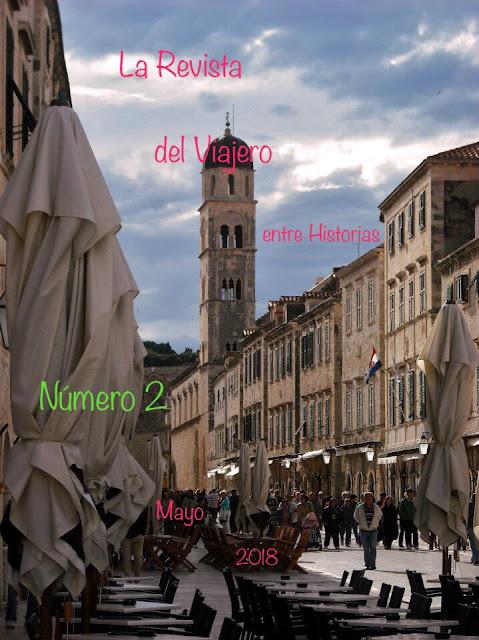 |
| The load of the centuries: the Colosseum, Rome. Photo: Daniel Delgado, 2010. |
Many men have a natural tendency: it is a wish for trascending, to perpetuate their work and memory. It is somehow as the searching of inmortality. Due to that, we may know many events from ancient times. The commemoration of great victories or impressive achievements, have always been a favorite subject for architects, plastic artists or creators in general. Obelisks, columns, mausoleums, triumphal archs or statues, often are telling us about a glorious past. But sometimes we can find another kind of things, more subtle, such as a stele, painted pottery, some written poem, even a piece of cloth... which may be as important as all the former. But the fragility of these type of historical traces, makes it very hard to find them well preserved.
 |
| The Bayeux Tapestry. Photo: Dennis Jarvis, Halifax, Canada, 2014. Source: France-000668-Tapestry-8-9 Lic. Creative Commons Attribution-Share Alike 2.0 |
If we take a look at the Bayeux Tapestry, very well preserved despite being almost one thousand years old... the medieval way of life and the events shown there, we may understand its significance. But, which is the story depicted in the Bayeux Tapestry? Something seems obvious: it was made for its exhibition in a great hall, maybe into a church. There, many people could behold and admire the triumph of their king, step by step. It was such as a royal publicity.

